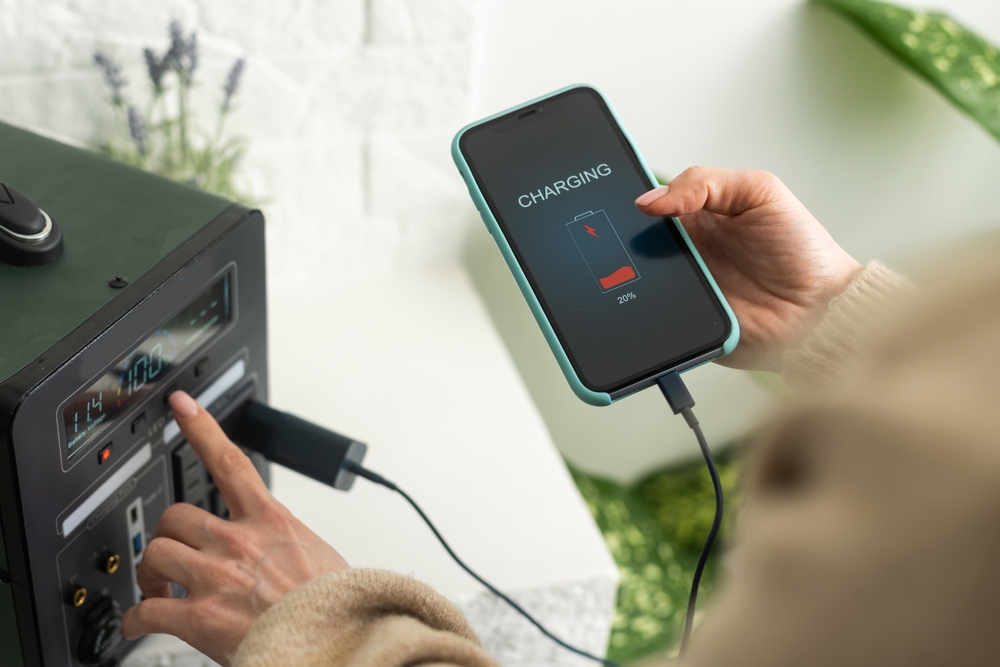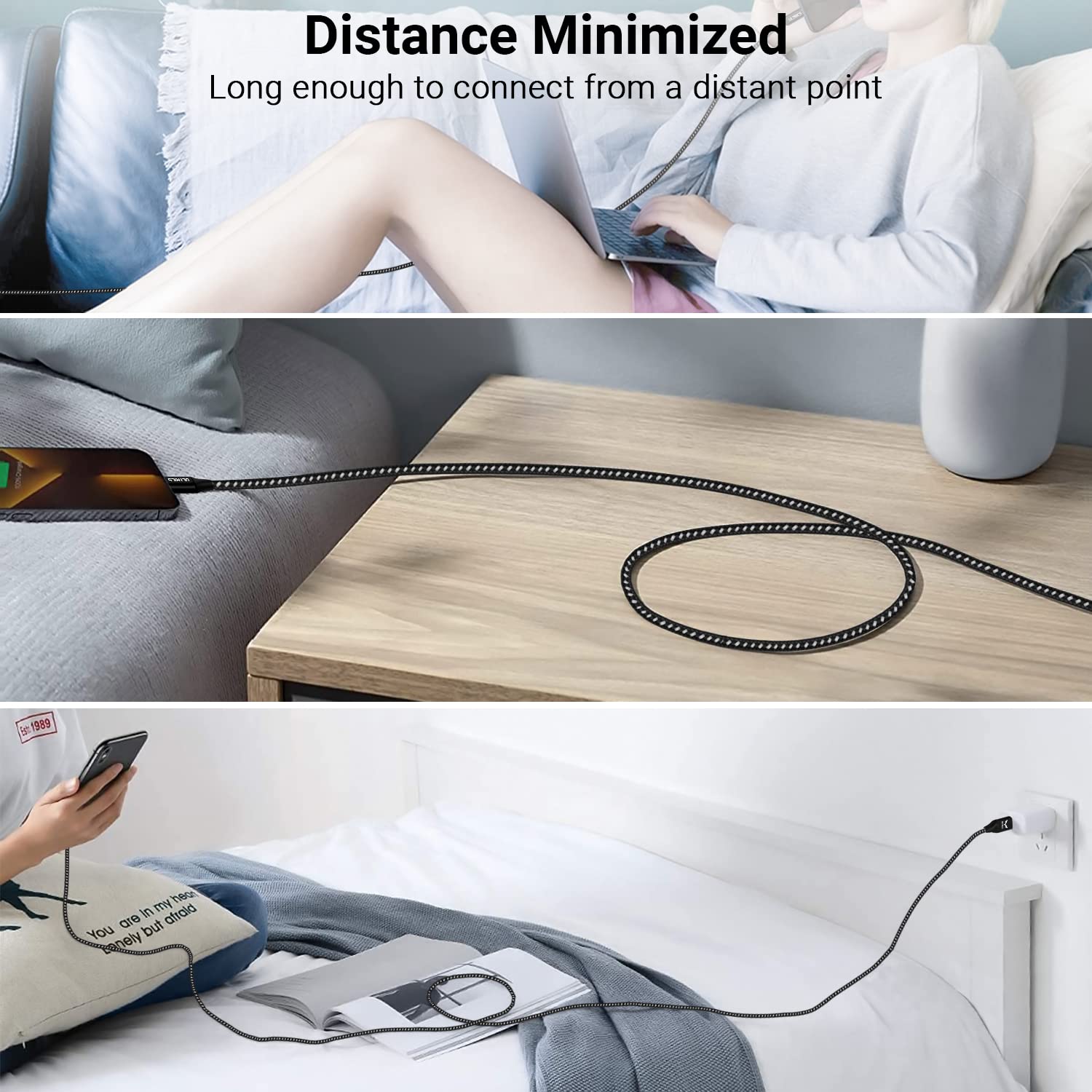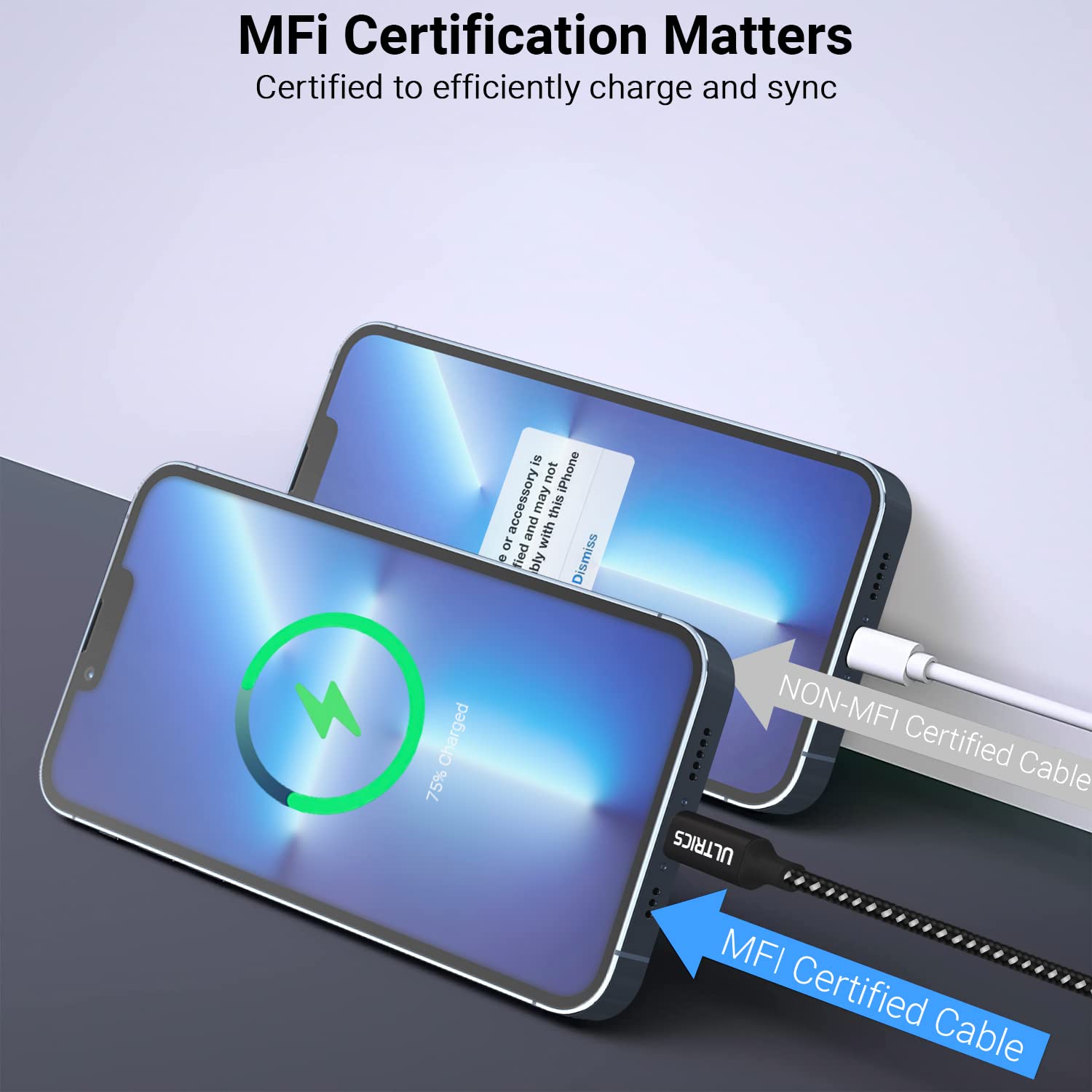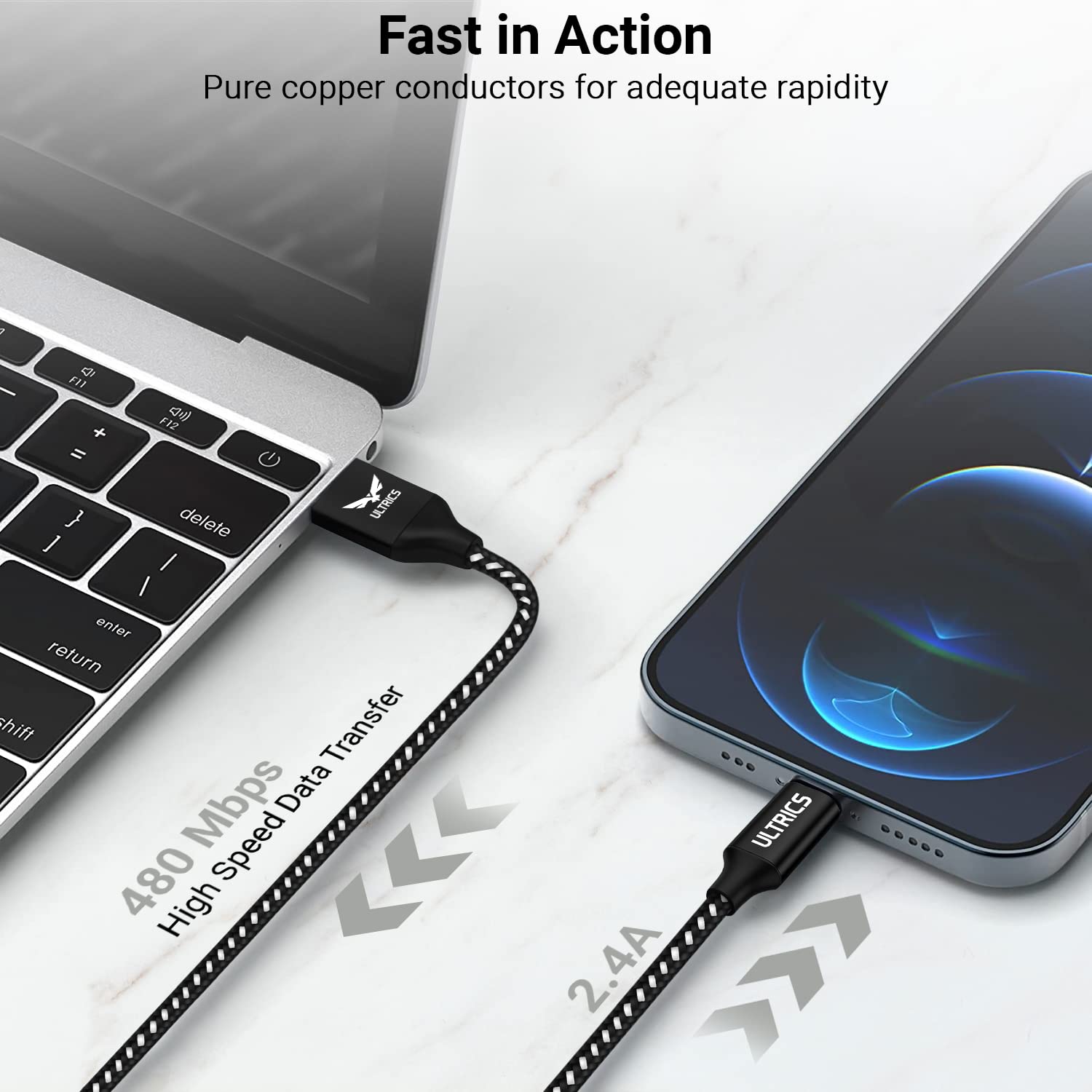The Importance of Fast Charging
Waiting for your devices to charge can be frustrating. Fast charging cables offer a solution by reducing the time it takes to power up your iphone, android phone, tablet, or other gadgets. However, not all cables are the same. If you know how to identify a fast charging cable it can save you time and money. This guide will walk you through the easy ways to spot these cables and ensure you’re making the right choice.
1. Understanding Fast Charging
Before you know the tips, it’s essential to understand what fast charging means. Fast charging allows your device to charge at a higher power rate, typically measured in watts (W). Standard charging usually delivers 5W, while fast charging can provide anywhere from 15W to 100W or more, depending on the technology and device compatibility.
Fast charging requires three components: a compatible device, a fast charging adapter, and a fast charging cable. If any of these components are missing, you won’t achieve the desired charging speed. Therefore, knowing how to identify the right cable is crucial.
2. Check the Cable Specifications
The easiest way to identify a fast charging cable is by checking its specifications. Look for labels or packaging details that mention “fast charging,” “quick charge,” or “USB-C PD” (Power Delivery). These terms indicate that the cable is designed to handle higher power levels.
USB-C cables are often associated with fast charging because they support higher power delivery compared to older USB types. Additionally, cables labeled with USB 3.0 or USB 3.1 typically support faster data transfer and charging speeds.

3. Look for Manufacturer Branding
Trusted brands often indicate whether a cable supports fast charging. Brands like Anker, Belkin, and Ultrics are known for producing high-quality, reliable fast charging cables. When purchasing a cable, check if it’s from a reputable manufacturer.
Counterfeit cables can be misleading and may not provide the fast charging capabilities they claim. Buying from a recognized brand ensures you’re getting a product that meets safety standards and performs as expected.
4. Inspect the Cable Thickness
Cable thickness can be an indicator of its ability to support fast charging. Fast charging cables are usually thicker because they contain more wires or have better shielding to handle higher power levels without overheating.
While this isn’t a foolproof method, comparing the thickness of a known fast charging cable to a standard one can give you a clue. Thicker cables often signify better quality and higher power capacity.
5. Verify with a Charger and Device
One practical way to test if a cable supports fast charging is to use it with a fast charging adapter and a compatible device. Plug your device into the charger using the cable and check the charging status. Many modern smartphones display “fast charging” or a similar message when connected to a fast charger.
If your device doesn’t indicate fast charging, it could be due to the cable, adapter, or device compatibility. Trying different combinations can help you identify which component is the limiting factor.

6. Use a Charging Speed App
Several apps can measure the charging speed of your device. Apps like Ampere or AccuBattery provide real-time data on the current and voltage being delivered to your device. Using these apps, you can compare the charging speeds of different cables.
Install the app, connect your device with the cable you want to test, and observe the charging rate. If the rate is significantly higher than standard charging speeds, you likely have a fast charging cable.
7. Look for USB-C Power Delivery
USB-C Power Delivery (PD) is a fast charging standard that many modern devices support. If your cable and adapter support USB-C PD, you can achieve much faster charging speeds. Look for cables specifically labeled as “USB-C PD” or “Power Delivery.”
These cables are designed to handle higher power levels, often up to 100W, making them suitable for charging laptops, tablets, and smartphones quickly. Ensuring your cable supports USB-C PD can significantly enhance your charging experience.
8. Identify the Right Connector Types
The type of connector on your cable can also determine if it supports fast charging. USB-C to USB-C cables are commonly used for fast charging due to their higher power capacity. USB-A to USB-C cables can also support fast charging but typically at lower rates than USB-C to USB-C cables.
Lightning cables for Apple devices can support fast charging if they are USB-C to Lightning and used with a compatible fast charging adapter. Identifying the correct connector type is essential for achieving optimal charging speeds.

9. Check for Certification Marks
Certified cables often have logos or marks indicating they meet specific standards. Look for certifications like USB-IF (USB Implementers Forum) or Apple’s MFi (Made for iPhone/iPad) certification. These marks indicate that the cable has been tested and approved for safety and performance.
Certified fast charging cables are more likely to deliver consistent performance and avoid potential damage to your devices. Checking for these certifications can help you identify reliable fast charging cables.

Conclusion: Choose the Right Fast Charging Cable
Identifying a fast charging cable doesn’t have to be complicated. By understanding key features and specifications, you can easily spot the right cable for your needs. Check the specifications, look for reputable brands, inspect the cable’s thickness, and use tools like apps and certification marks to ensure you’re getting a genuine fast charging cable. With the right cable, you can enjoy faster charging times and keep your devices powered up efficiently.
Frequently Asked Questions
To maintain your fast charging cable:
- Avoid bending or twisting the cable excessively.
- Keep the cable away from sharp objects that could damage the insulation.
- Store the cable in a cool, dry place.
- Disconnect the cable by holding the connector rather than pulling on the cord.
Fast charging does not inherently damage the battery. Modern devices are equipped with intelligent charging management systems that protect the battery from overcharging and excessive heat. However, excessive heat generated during fast charging can potentially shorten battery lifespan over time, but this is generally minimal with proper use.
Yes, fast charging cables are safe to use as long as they are certified and meet the safety standards set by relevant authorities. Using high-quality cables from reputable brands reduces the risk of overheating, short circuits, and other potential hazards.
No, not all devices support fast charging. Both the device and the charger must be compatible with the same fast charging standard, such as Qualcomm Quick Charge, USB Power Delivery (USB-PD), or others.
Fast charging works by increasing the amount of power delivered to the device. This is achieved by raising the current (measured in amps) and/or the voltage (measured in volts) that the cable can handle, in conjunction with compatible devices and chargers.

